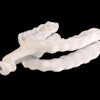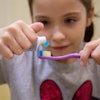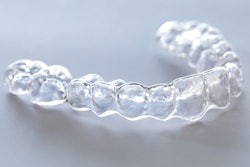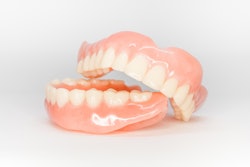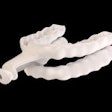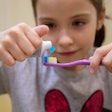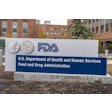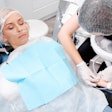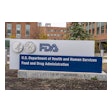The U.S. Food and Drug Administration (FDA) is warning that batches of Tom's of Maine toothpaste have been made with water containing multiple types of bacteria, including strains linked to blood and other infections.
Tom's of Maine, a majority-owned subsidiary of Colgate-Palmolive, was notified via a letter dated November 5 from the FDA that the bacteria Pseudomonas aeruginosa, which can cause blood, lung, and urinary tract infections, was discovered in water samples used to make Tom's Simply White Clean Mint Paste. Paracoccus yeei, a bacteria that can cause infections in immunocompromised people, was found in its Wicked Cool! Anticavity Toothpaste, which is marketed to children.
The FDA claims that Tom's discovered multiple instances of contamination between June 2021 and October 2022 and ignored them.
"None of these incidents were investigated to assess product impact and water system performance," according to the FDA letter.
Furthermore, Tom's of Maine also reported "too numerous to count" instances of finding the bacteria Ralstonia insidiosa, which can cause infections in immunocompromised individuals, in water used for manufacturing and cleaning equipment at its plant in Sanford, ME. Toothpaste was released to the public despite the water quality, according to the letter.
According to the FDA, Tom's of Maine received about 400 complaints about the color, taste, and odor of its toothpaste but failed to investigate.
Prior to the November warning letter, FDA inspectors notified Tom's of the unacceptable conditions in the spring of 2024. Tom's reportedly told the agency that it doesn't have "adequate specifications" for the water used to complete the rinse of equipment and that the water was contaminated with Paracoccus yeei was due to a lab error, though the investigation indicated no errors, according to the FDA.
The FDA called the company's response "inadequate" further stating in the letter "it is essential that you employ a water system that is robustly designed, and that you effectively control, maintain, and monitor the system to ensure it consistently produces water suitable for pharmaceutical use."



